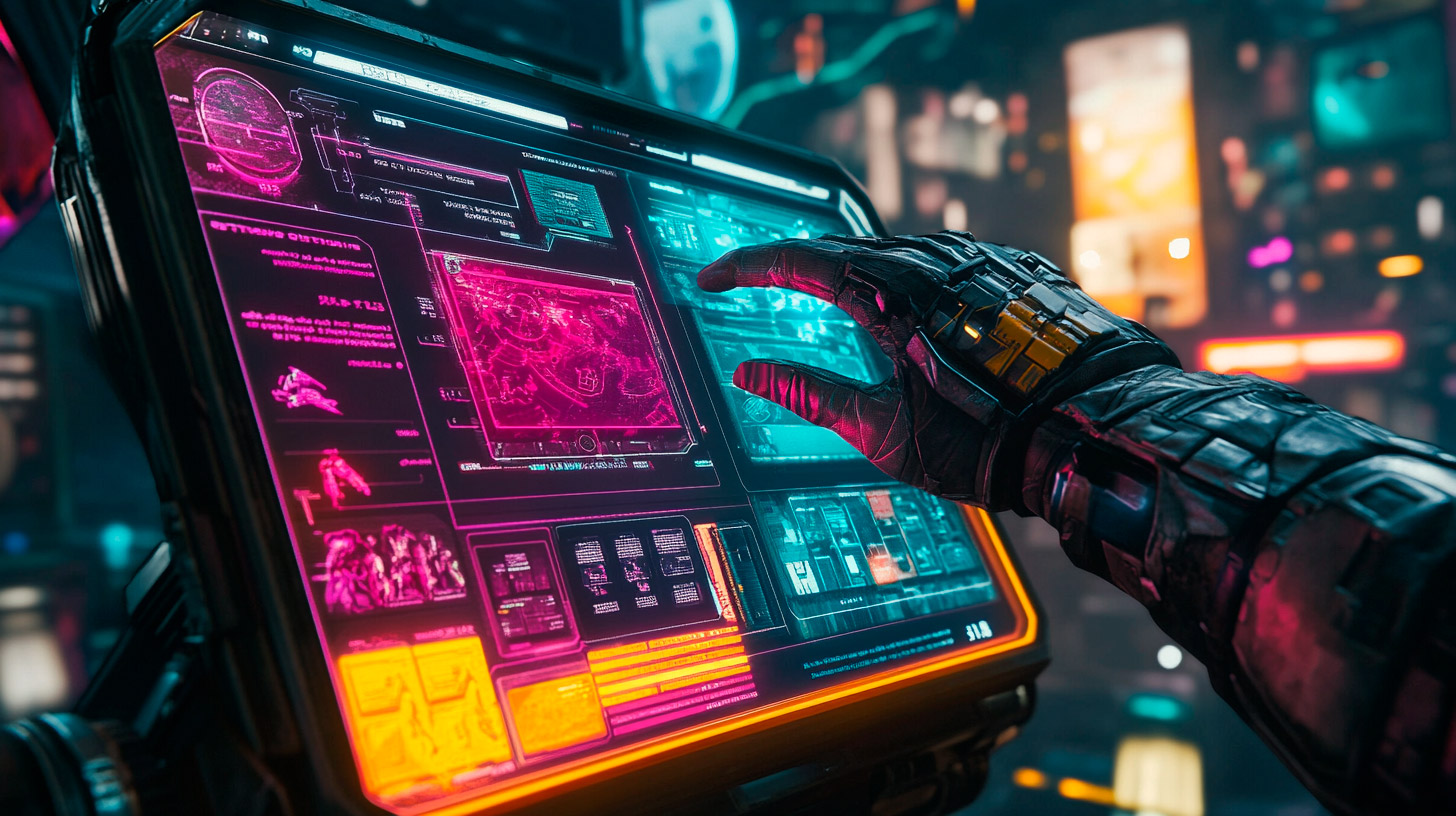Gamification is becoming a strategic and constant presence in modern life. Whether in learning, using apps, or interacting with products and services, game-inspired elements are turning everyday experiences into more engaging, immersive, and enjoyable journeys.
But what exactly is gamification, and why has it become so relevant?
What is Gamification?
Gamification is the use of game-like elements—such as points, challenges, rewards, levels, and leaderboards—in non-game contexts. Its goal is to drive engagement, encourage behavior, and simplify processes, all while keeping things fun and rewarding.
When these mechanisms are applied to real-world situations—like education, work, or digital interfaces—the user experience becomes more dynamic and effective.
Gamification and learning: Rethinking how we teach and learn
In education, gamification has proven to be highly effective at improving content retention, student engagement, and motivation. By introducing elements like missions, progressive challenges, and real-time feedback, learning becomes more interactive and less monotonous.
More than just a tool for understanding concepts, it promotes autonomy and a sense of progress—both crucial for continuous learning.
Engagement and user connection
Gamification also shines as a tool for building strong user relationships. By offering symbolic rewards, milestones, and challenges, it creates memorable experiences that strengthen brand-user bonds.
It also nurtures a sense of community, collaboration, and belonging—qualities that matter more than ever in digital and social environments.
Gamification in the phygital world: Bridging physical and digital through play
The blend of physical and digital worlds—known as the phygital experience—is becoming a powerful strategy for brands to connect with people on a deeper level. Gamification amplifies this fusion by turning everyday moments like visiting a store, attending an event, or trying a product into interactive, rewarding, and memorable experiences.
With tools like QR codes, augmented reality, and mission-based apps, it’s possible to:
• Turn physical spaces into “playgrounds” where consumers interact with environments, products, and people in fun ways;
• Create challenges tied to physical touchpoints that unlock rewards, discounts, or exclusive access when completed digitally;
• Encourage loyalty through mechanics that follow users across channels, promoting ongoing engagement between online and offline.
• In the phygital context, gamification not only enhances the user experience—it also strengthens brand presence through personalized, emotionally engaging journeys that stick.
Gamification in experience design: The new face of UI & UX
Bringing gamification into interface (UI) and user experience (UX) design is changing the way we interact with digital platforms. Responsive interfaces that offer visual rewards and clear progress paths boost emotional engagement and user satisfaction.
These strategies are particularly powerful in productivity apps, learning platforms, onboarding systems, and services that rely on long-term engagement.
The benefits of gamification
When applied strategically, gamification delivers tangible results:
• Boosts motivation and focus
• Increases platform engagement and retention
• Improves knowledge and skill retention
• Promotes participation and a sense of progress
• Creates more enjoyable, meaningful user experiences
The future of gamification
With advancements in AI, augmented reality, and algorithmic personalization, gamification is poised to become even more integrated into digital life. What’s next? Fully adaptive experiences—tailored to each user’s profile, with challenges, rewards, and storylines designed to motivate, teach, and entertain in real time.


